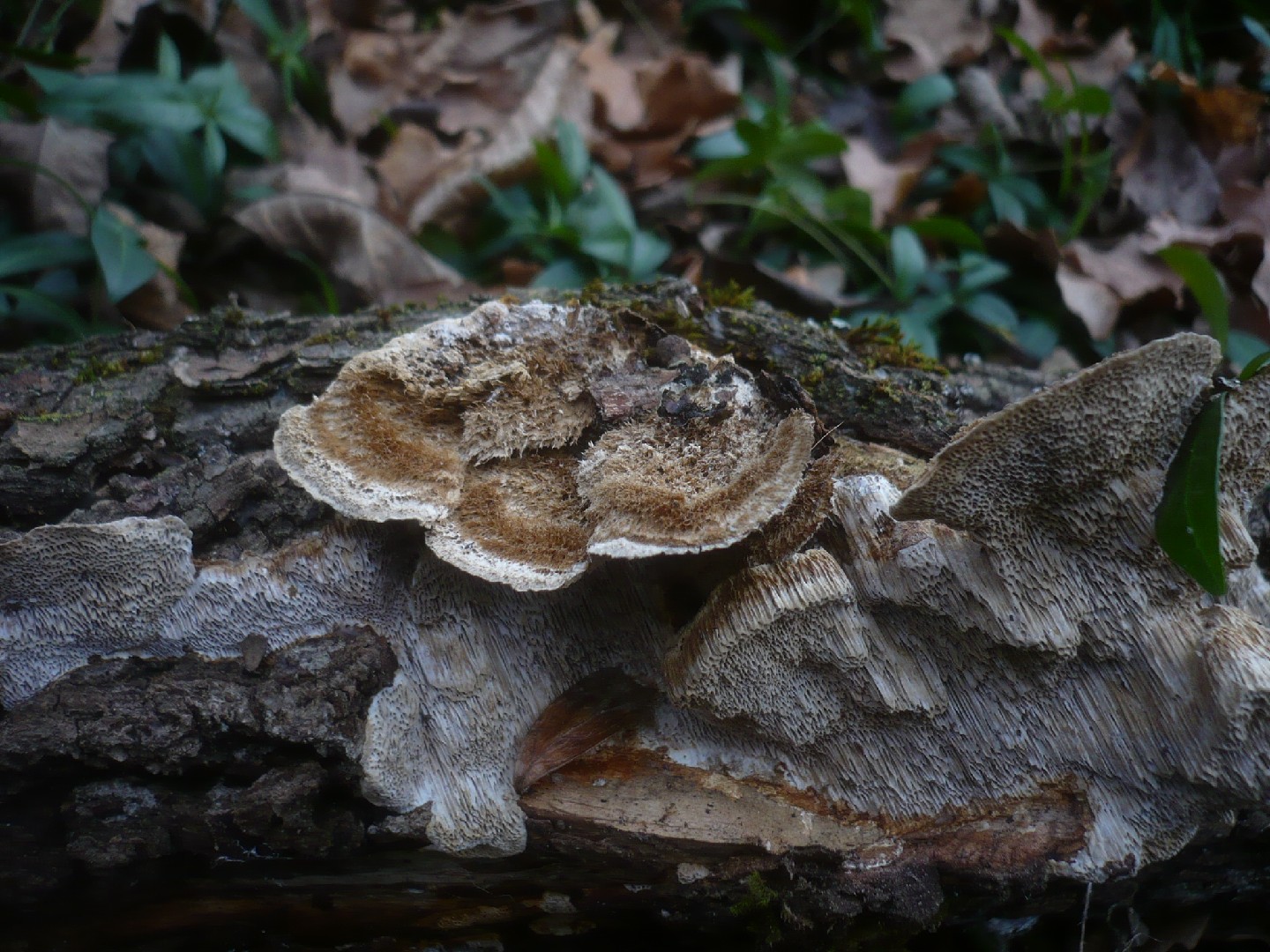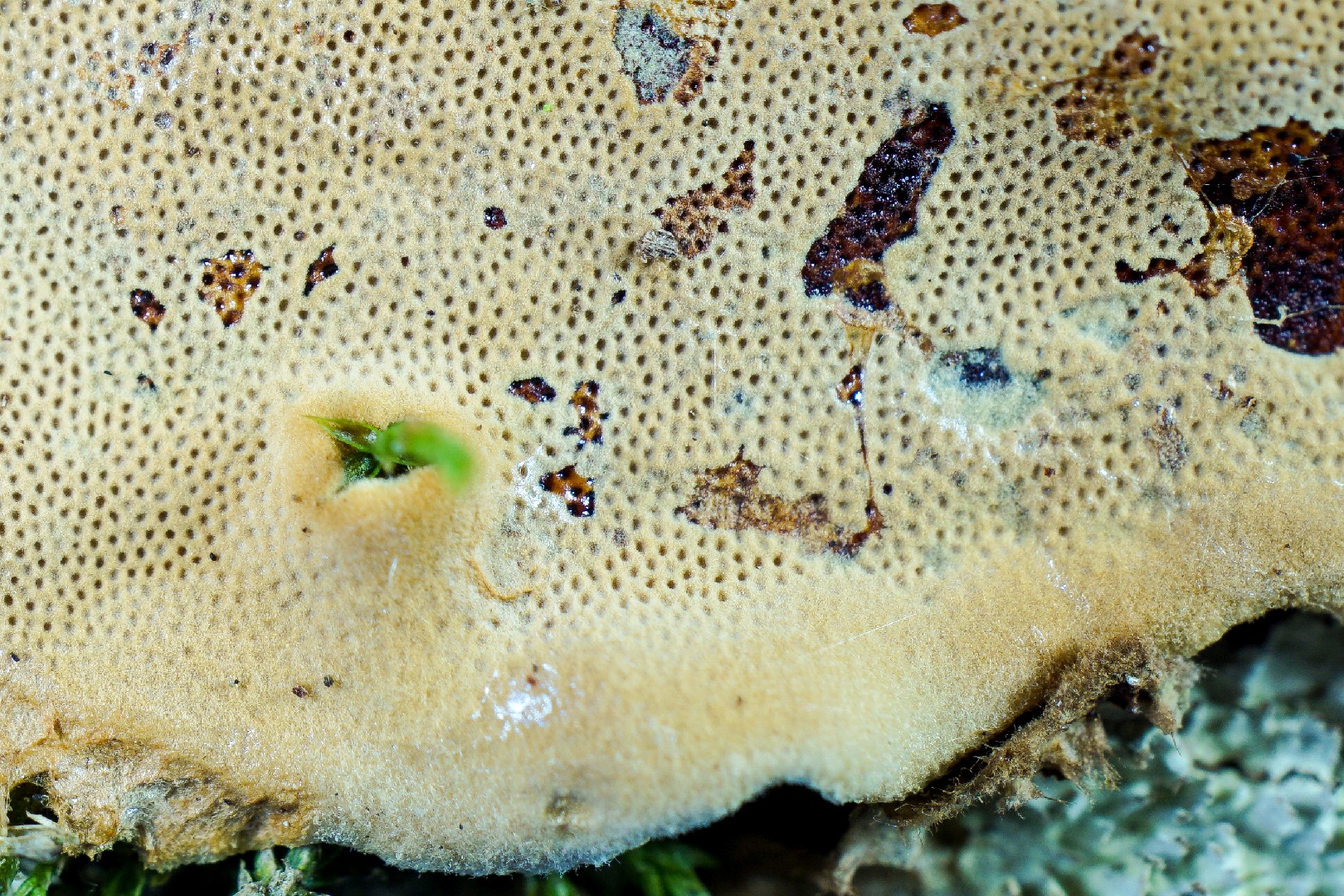Coriolopsis
Scientific name: Coriolopsis
Coriolopsis
Scientific name: Coriolopsis
 Photo By Gerhard Koller (Gerhard) , used under CC-BY-SA-3.0 /Cropped and compressed from original
Photo By Gerhard Koller (Gerhard) , used under CC-BY-SA-3.0 /Cropped and compressed from original Description
Coriolopsis are fascinating fungi commonly found on decaying wood in forests. They are recognized for their beautiful, fan-shaped fruiting bodies that often feature concentric bands of different colors. These fungi play a crucial role in breaking down tough plant materials, helping to recycle nutrients back into the ecosystem. Some species within this group produce enzymes that have potential applications in biotechnology, particularly in the degradation of environmental pollutants.
Species of Coriolopsis
Scientific Classification
Phylum
Club fungi Class
Mushroom-forming fungi Order
Shelf fungi Family
Polyporaceae Genus
Coriolopsis 